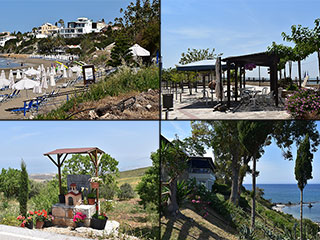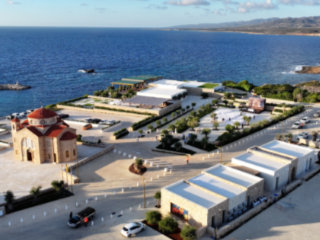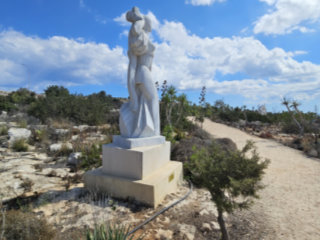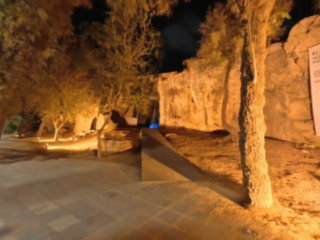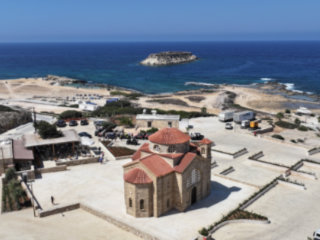Polis Archaeology
Next!
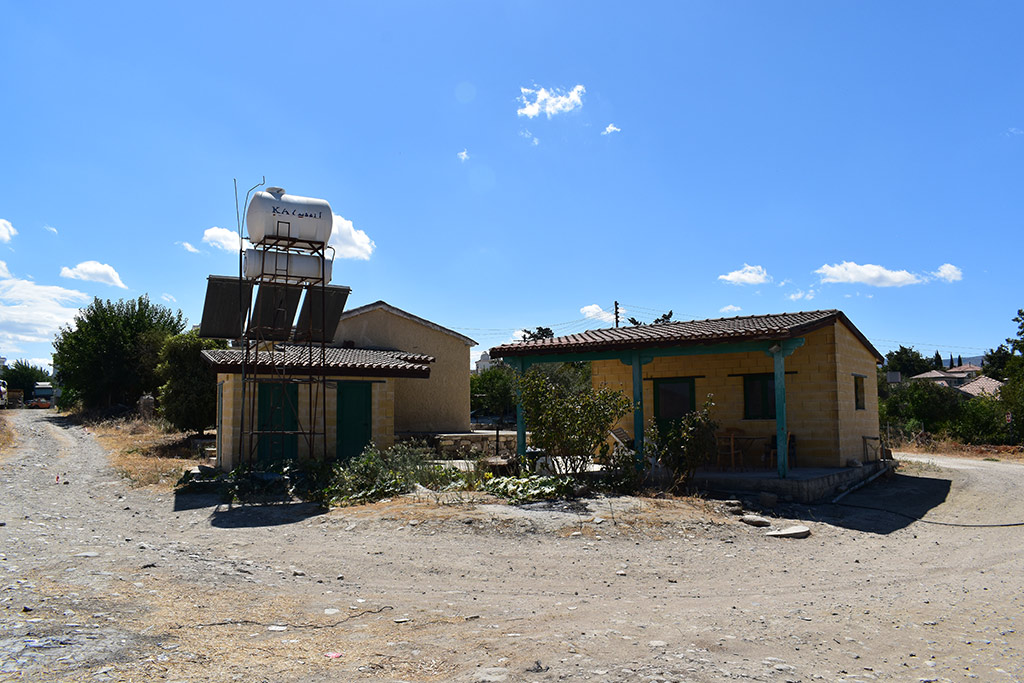
I think these buildings were used by the Archaeologists during their dig.
Ok, that's enough looking at that particular site. Let's move on to the Ancient Basilica.

Ancient Basilica
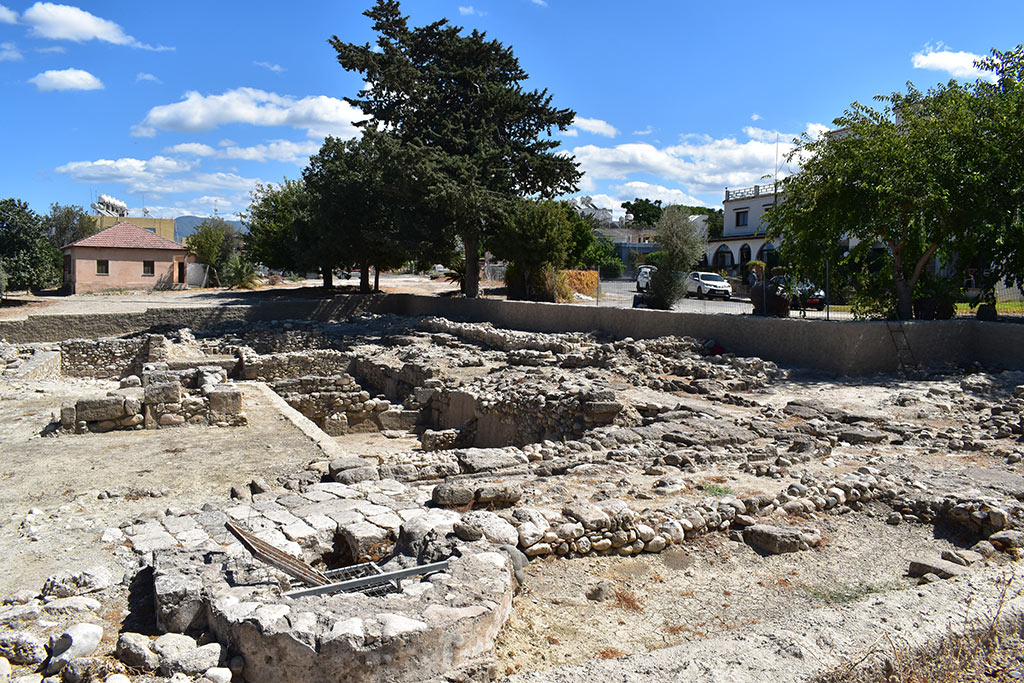
First things first. What exactly is a Basilica? I think they just mean it was an Old Church, though the official definition is somewhat grander:
In the Roman Catholic and Greek Orthodox churches, a canonical title of honour given to church buildings that are distinguished either by their antiquity or by their role as international centres of worship because of their association with a major saint, an important historical event, or, in the Orthodox Church, a national patriarch. The title gives the church certain privileges, principally the right to reserve its high altar for the pope, a cardinal, or a patriarch, and special penitential privileges that remove the basilica from local geographical jurisdiction and give it international status.
Britannica
Church Boundary
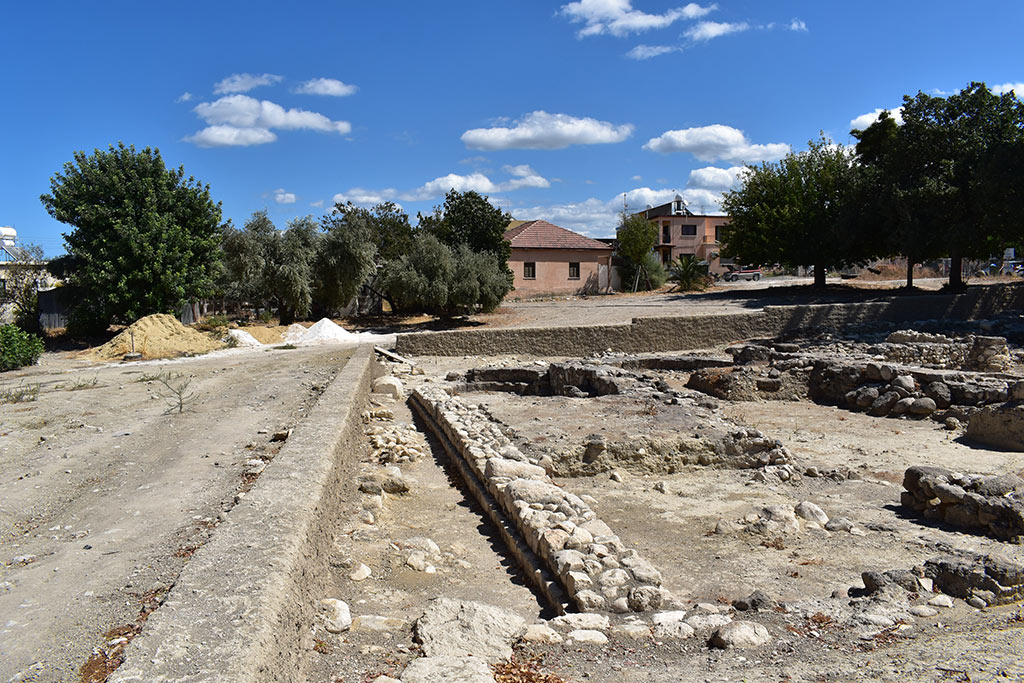
I did a bit more digging and found this about the site. It was an Academic article so may be a bit technical in nature:
The basilica transitioned from a wood-roofed to barrel-vaulted church in the 7th century. The excavation produced an assemblage of Late Roman fine wares that indicates the site was an entry point for Cypriot Red Slip onto the island. This assemblage complicates long-standing arguments for Late Roman decline and identifies the construction of a mid-sized and well-appointed basilica on Cyprus as characteristic of the transformation of Hellenistic and Roman cities into prosperous trade centers during the 6th and 7th centuries AD.
Ancient Pasty
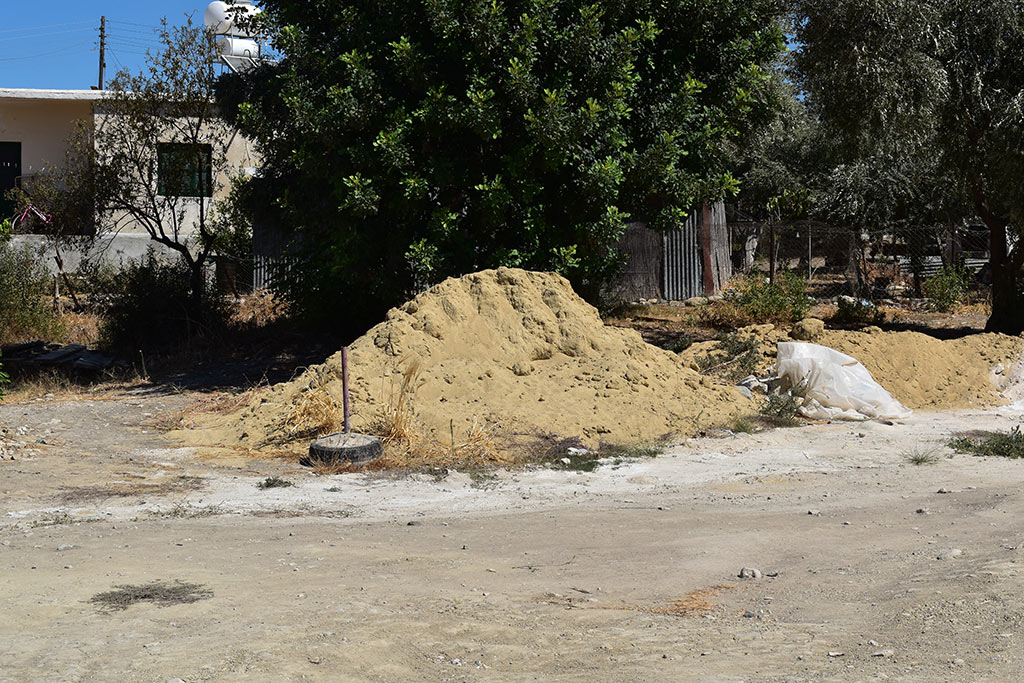
This pile of sand looked suspiciously like a Cornish Pasty to me...
Anyway, did you read the last paragraph and wonder what Cypriot Red Slip Was? Me too. Back to Google:
Red Slip Ware (Cyprus) refers to pottery made in this ware during the Bronze Age or of the Iron Age. Distinction between the periods can be achieved with the relevant period culture terms and/or production dates. This term should be reserved for Cypriot wares. The term Cypriot Red Slip should only be used for Red Slip of the terra sigillata type made during the Roman period.
Red Slip Ware of the Bronze Age was largely a Middle Cypriot ware, although its manufacture continued into Late Cypriot I. This term is used for the both the hand-made and the wheel-made wares, with the latter being Late Cypriot. The fabric is extremely uniform and the same in both cases, as are the forms. The all-over slip is red or red-brown. There is little to distinguish this ware from the Black Slip Ware category, other than the colour of the slip, and they are often grouped together as one group (Crewe 2007, 33). As such, Red Slip might be further classified in the same way as Black Slip. However, there is no Roman numeral division for Red Slip within the Swedish Cyprus Expedition catalogue (Åström, 1972, 84-88), and it is probably not helpful.
For Red Slip Ware of the Iron Age, the term applies to a wheel-made ware made of, brown or reddish-brown clay with a matt or lustrous red slip (Gjerstad 1948, 80-82). It was first manufactured in Cyprus in the Cypro-Geometric (CG) II-III period, and appears to have been based on imported Syro-Palestinian red slipped pottery of the CG I period (Karageorghis 1983, 369). Red Slip Ware is further classified into types I-V based on chronologically varied stylistic features (See Type Series scope notes). The fabric and slip of this ware is the same as that for Black-on-Red Ware.
British Museum
Rear View
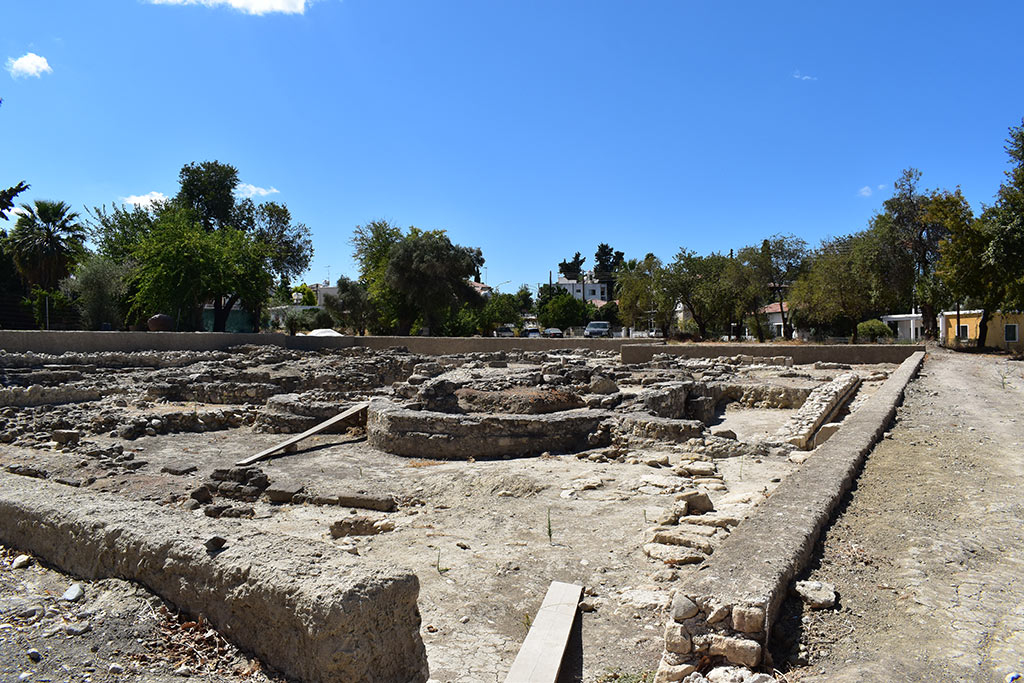
Still with me? That was a bit heavy going. Now you know why I started with the picture of the coast, to break you in gently.
Page 4 of 6


Related Blogs:
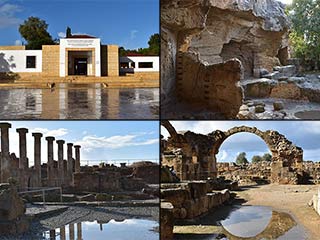
Paphos Archaeological Park - Summary
We first blogged about the Archaeological Park a couple of years ago. It was a short blog, and focused mainly on the pretty spring flowers. Now we are returning, to give the rest of the park the attention it so richly deserves.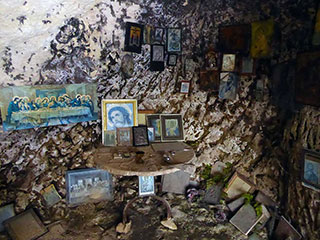
St George's Church and Shrine Caves
Near the shops on the Paphos / Geroskipou border, is a little track that runs below a cliff through some farmland. A sign indicates that there is a church down there, so one day I thought I would investigate. Sure enough, there was a little church, but there was so much more besides...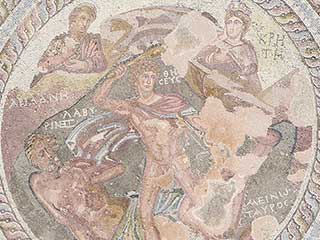
Paphos Archaeological Park
When relatives visited us a few weeks ago, we took them to some of the local tourist must-see sites. A definite highpoint was the visit to the Archaeological Park. We were especially lucky because it was spring time and all the wild flowers were in bloom...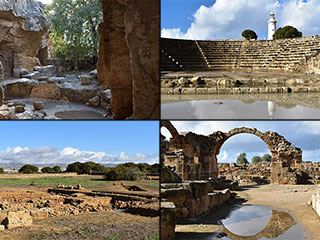
From Toumpallos to Saranta Kolones
This is the final stage of our detailed tour of Paphos Archaeological Park, and we have saved some of the best attractions to last. So come with us as we finish the journey in style...Good Pages To Visit

FB PagePaphos Life on Facebook
Like us on Facebook and stay notified of new blog posts.

FB PageOur Facebook Chat Group
Paphos Chat has been created for people who like our site and want to chat using Facebook. You can also easily upload photos of any size here. A lot of people are members of the Facebook chat group and the main forum. It's entirely up to you.

ListBlog Locations
Planning a day out? Then use our map of blog locations as a handy guide. Some of the places we visit our closer to each other than you might think, so take a look and start planning your next adventure...
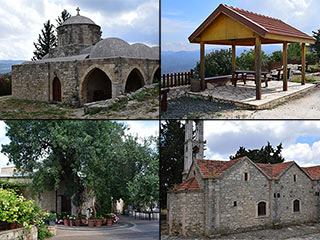
eBookCyprus Road Trip 01: the Kathikas - Panagia Loop
Let me take you on a journey around the region of Paphos, Cyprus. Starting at Paphos itself, we travel to Akoursos, then Kathikas, Kritou Terra and Simou. We continue past Lasa and Kannaviou, before taking in the delights of Panagia. Getting a bit more adventurous, we visit the abandoned villages of Statos and Agios Fotios, before passing through Choulou, Letymbou and Polemi, and rejoining the main Paphos - Polis road.
The route is suitable for all types of vehicle, and requires no off-roading. The guide contains about 130 photographs including shots of all the road signs you need to pay attention to, as well as some of the highlights you may experience along the way.
There are also several maps which will help you keep your bearings.
You can do this journey in a day, or you can break it up into chunks. You can also do it in reverse, to get some completely different views. It is entirely up to you.
